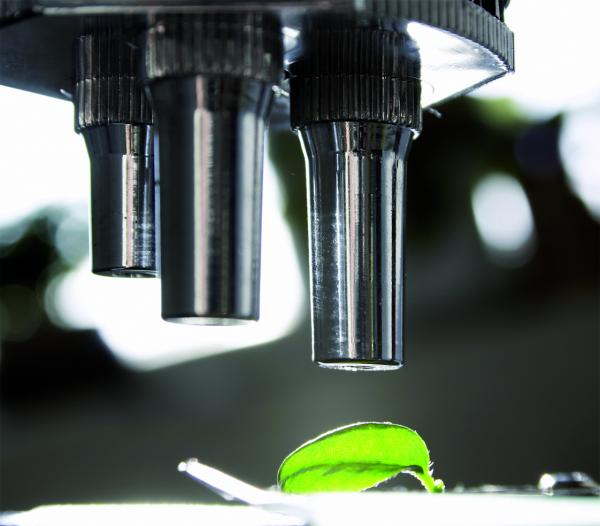Diagnostics
Outcome
Identification: World-class biosecurity capability for early identification of plant biosecurity threats.
Goal
A world-class biosecurity capability for early identification of plant biosecurity incursions in Australia through provision of data, expertise and diagnostic technology that is accurate, sensitive, reliable and cost-effective.
Indicators of success
Economics:
New diagnostic tools to improve responsiveness to plant biosecurity incursion events.
Science:
World recognised protocols for rapid identification of harmful pests and diseases are developed and published in international journals.
Policy:
Databases and new tools to share diagnostic information are standardised.
Protocols for plant biosecurity threats are developed and submitted to the Subcommittee on Plant Health Diagnostic Standards.
Capacity/Collaboration:
Improved diagnostics transferred to end-users to support monitoring and market access activities.
Impact/Adoption:
New diagnostic information (services, protocols and expertise) are accessed by end-users via internet systems.
Diagnostics Research Projects
| Title | Leader |
| CRC20004: Karnal Bunt Detection | Dr Mui-Keng Tan |
This project developed an accurate, reliable and internationally recognised DNA-based protocol to detect Karnal bunt. The methodology was validated by laboratories in Australia and overseas and more | |
| CRC20025: Remote Microscopes | Dr John La Salle |
Through a web-based remote microscope system, this project will improve the responsiveness to potential incursions by reducing delays in diagnosis, particularly in remote areas. This technology more | |
| CRC20030: Nanobead Diagnostic Platform | Dr Andrew Geering |
| This project focuses on development of nanosensor technology and software for detection of human, animal and plant pathogens that are highly significant biosecurity threats to public health and more | |
| CRC20054: Plant Bacteria Platforms | Dr Deborah Hailstones |
This project evaluated two of the newer discovery platforms, proteomics and metabolomics, for effectiveness in the identification of functional biomarkers that differentiate closely related more | |
| CRC20055: DNA Databank | Dr Andrew Geering |
The uses of plant disease and insect collections are numerous but most importantly for taxonomic research and comparative biology. From a biosecurity perspective, these collections allow the more | |
| CRC20057: Phosphine Resistance - Proteomics | Peter Campbell |
Phosphine is the main fumigant used in Australia to control insect pests in grain storages; both bulk grain handlers and farmers rely on phosphine for the control of insects and more than 80% of more | |
| CRC20080:Phosphine Resistance - Molecular | Dr David Schlipalius |
This project aimed to provide rapid identification of the phosphine resistance status of any individual R. dominica or T. castaneum collected from grain in storage across more | |
| CRC20081: Biosensor-based Detection of Grain Pests | Dr Alisha Anderson |
There is a need to develop technologies that can be used to rapidly detect and quantify pest infestations in bulk grain to assist in the management of these biosecurity threats. This project more | |
| CRC20093: Increasing diagnostic capacity in Thailand | Dr Gary Kong |
Under the WTO there is increasing pressure on countries to comply with agreed sanitary and phytosanitary standards (SPS) to satisfy trading partners and to access markets. Such SPS conditions more | |
| CRC20115: Resolving the Bactrocera dorsalis Complex | Dr Anthony Clarke |
Flies belonging to the Oriental Fruit Fly species complex, Bactrocera dorsalis, include a number of serious horticultural pest species which are difficult to identify (i.e. B. more | |
| CRC20137: Khapra Beetle Diagnostics | |
This project established a National Reference Laboratory for Dermestidae, with particular reference to the genus Trogoderma. The laboratory provides molecular and morphological diagnostic more | |
| CRC27012: National Diagnostic Database | Dr Gary Kong |
This project is developing a mix of digital technologies designed to provide the building blocks of future diagnostic information systems. The more | |
PROGRAM LEADER

Dr Deborah Hailstones
Program Leader Diagnostics
Email: deborah.hailstones@industry.nsw.gov.au
Phone: 02 4640 6442
Fax: 02 4640 6300
Read More
STRATEGIC OBJECTIVE
To undertake research that will provide rapid identification of plant biosecurity threats in order to decrease the cost of eradication and impacts through rapid response.


